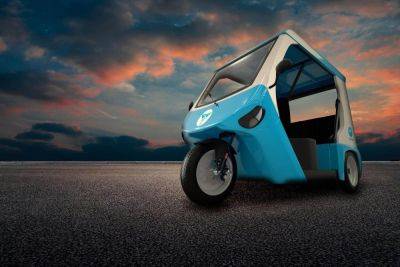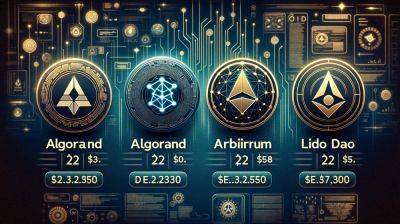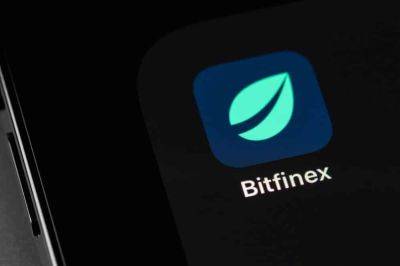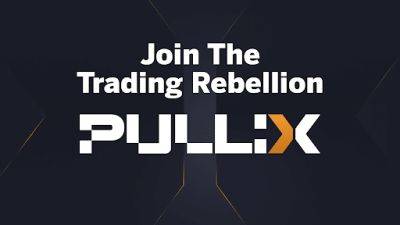Why JSON-LD matters for Web3
When big innovations change the world, people tend to argue about them. Will Web3 finally democratize the internet? Is decentralization real? I’m a data guy. I don’t consider myself in a position to answer questions about Web3’s cultural impact. I can, however, point out that griping is nothing new. It predictably happens just when the biggest changes are coming. Consider this excerpt of an article written by automobile pioneer Alexander Winton, who sold his first car in 1897:
“…the great obstacle to the development of the automobile was the lack of public interest. To advocate replacing the horse, which had served man through centuries, marked one as an imbecile … in the ’90s, even though I had a successful bicycle business, and was building my first car in the privacy of the cellar in my home, I began to be pointed out as ‘the fool who is fiddling with a buggy that will run without being hitched to a horse.’”
In data architecture, we talk about layers. Web3, just like the cars of yore, is being built beneath a layer of scrutiny. Regardless of what we say about it, the machine-readable internet — Tim Berners-Lee original definition of Web 3.0 — is happening. From DAOs to Amazon’s Astro housekeeping robot, the use cases for machine intelligence are growing.
Until recently, there was no way to package that data in a common language for people and machines. A wallflower of a protocol called JSON-LD is changing all that. It’s worth exploring this otherwise unsexy protocol, because it plays a formative role in Web3’s ever-growing architecture. Just as, say, the break lines in a car lay beneath notice, but really make a difference to your driving experience, JSON-LD is the connective tissue that is propelling Web3 closer to
Read more on cointelegraph.com
 cointelegraph.com
cointelegraph.com


















